The Ultimate Guide to Japanese Sauna Culture: Where Tradition Meets Innovation
From ancient onsen traditions to cutting-edge urban wellness facilities, Japan offers a sauna experience unlike anywhere else in the world. This comprehensive guide explores Japan’s unique bathing culture, traditional and modern sauna practices, essential etiquette, and must-visit locations that showcase why Japanese sauna culture has become a global wellness phenomenon.
Table of Contents
- Introduction to Japanese Sauna Culture
- Historical Background: From Onsen to Modern Sauna
- Unique Elements of Japanese Sauna Culture
- Types of Japanese Saunas
- Essential Etiquette for Foreign Visitors
- Top Sauna Destinations in Japan
- Tokyo’s Urban Sauna Renaissance
- Understanding Japan’s “Sauna Boom”
- Health and Wellness Benefits
- Practical Information for American Travelers
- Conclusion: Embracing the Heat
Introduction to Japanese Sauna Culture
Japan’s relationship with heat bathing and sauna practices runs deep, intertwining centuries-old traditions with modern wellness philosophies. For American travelers accustomed to the Finnish-style saunas common in the United States, experiencing Japan’s unique approach to sauna culture can be both enlightening and transformative.
Japanese Sauna Quick Facts
- Traditional Name: Most traditional Japanese baths are called onsen (hot springs) or sento (public baths)
- Modern Term: Sauna (サウナ) typically refers to Finnish-style dry saunas
- Popular Practice: Totonou (整う) – achieving physical and mental balance through sauna cycles
- Typical Temperature: 80-100°C (176-212°F) for dry saunas, 40-43°C (104-109°F) for steam baths
- Cultural Significance: Communal bathing as both cleansing ritual and social activity
Unlike the solitary or purely fitness-focused approach to saunas in America, Japanese sauna culture emphasizes the holistic harmony of body and mind, communal experience, and meticulous attention to ritual. The Japanese concept of totonou – achieving physical and mental balance through alternating heat and cooling – has transformed how people worldwide approach sauna bathing.
A traditional wooden sauna adjacent to an outdoor cooling bath, demonstrating the contrast essential to the Japanese sauna experience
Historical Background: From Onsen to Modern Sauna
Japan’s relationship with thermal bathing predates written history. The volcanic archipelago’s abundant natural hot springs (onsen) have been used for purification, healing, and relaxation for over a millennium.
Traditional Bathing Culture
The earliest recorded onsen in Japan dates back to 712 CE, mentioned in the Nihon Shoki (Chronicles of Japan). Buddhist monks embraced hot spring bathing for physical purification, gradually transforming the practice into a cornerstone of Japanese culture. By the Edo period (1603-1868), public bathhouses (sento) became essential community hubs in urban areas lacking natural hot springs.
Introduction of Finnish Saunas
The Finnish-style dry sauna was introduced to Japan in the 1960s, coinciding with the 1964 Tokyo Olympics. Initially a luxury amenity in high-end hotels and fitness clubs, these Western-style saunas were viewed as distinct from Japan’s traditional bathing culture. However, the seeds were planted for what would eventually become a cultural phenomenon.
The Modern Sauna Boom
The true Japanese sauna renaissance began around 2015, catalyzed by the manga and TV series “Sauna Man” and the establishment of the Finland-Japan Sauna Association. This “sauna boom” (sauna būmu) has led to explosive growth in both traditional and innovative sauna facilities across Japan, with membership-based sauna communities and specialized facilities drawing a devoted following among younger generations.
The Sauna Manga Connection
For American visitors unfamiliar with Japan’s manga influence, it may seem surprising that a comic book significantly impacted national wellness trends. “Sado” (The Way of the Sauna) manga series popularized sauna culture among younger Japanese, creating a new demographic of sauna enthusiasts who approach the practice with the disciplined mindset traditionally applied to martial arts or tea ceremony. This cultural framework transformed sauna-going from a simple activity to a mindful practice with philosophical dimensions.
Unique Elements of Japanese Sauna Culture
Totonou: The Art of Sauna Balance
Central to Japanese sauna philosophy is the concept of totonou (整う) – achieving physical and mental harmony through sauna cycles. Unlike the casual approach common in America, Japanese sauna enthusiasts follow structured routines combining heat exposure, cooling, and rest phases designed to optimize both physical benefits and mental clarity.
The Ideal Sauna Cycle
- Heat (あたため): 5-15 minutes in the sauna
- Cool (冷やす): Cold plunge, shower, or outdoor air exposure
- Rest (ととのう): 10-20 minutes of meditative relaxation
This cycle is typically repeated 2-3 times during a session.
Signs of Achieving Totonou
- A sense of mental clarity and calmness
- Improved breathing rhythm
- Pleasant full-body tingling sensation
- Feeling of lightness and physical refresh
- Enhanced awareness of surroundings
Löyly Masters and Performance
Some upscale Japanese saunas feature löyly masters who perform choreographed steam-releasing rituals adapted from European practices. Using carefully selected essential oils and precise towel movements to circulate heated air, these performances transform the sauna experience into a multi-sensory event. The practice demonstrates how Japan has embraced international sauna traditions while adapting them with characteristic attention to detail and presentation.
Communal Yet Contemplative
Japanese sauna culture balances communal bathing traditions with modern wellness mindfulness. While saunas remain social spaces, there’s typically a respectful quietness that allows for personal reflection. This differs from both the chatty atmosphere of American spa saunas and the strict silence of traditional Finnish saunas, creating a uniquely Japanese middle ground that honors both community and individual experience.
The essential “rest phase” after sauna bathing at a modern Tokyo facility
Types of Japanese Saunas
Japan offers an impressive diversity of sauna experiences, from traditional to cutting-edge. Understanding the different options helps visitors choose experiences that match their comfort level and interests.
Traditional Japanese Heat Bathing
Onsen (温泉)
Natural hot springs with mineral-rich waters. While not technically saunas, onsen are Japan’s original heat-bathing tradition and often include sauna facilities. The water’s mineral composition varies by location, offering different therapeutic benefits. Many onsen are located in scenic outdoor settings (rotenburo), providing stunning nature views while bathing.
Sento (銭湯)
Public bathhouses using heated tap water rather than natural hot springs. Traditional sento typically feature large communal baths, washing stations, and sometimes dry or steam sauna rooms. These neighborhood institutions are becoming less common but remain important cultural spaces where community connections are maintained.
Modern Sauna Varieties
- Dry Finnish-Style Saunas (ドライサウナ): High-temperature, low-humidity saunas similar to those found in America, typically 80-100°C
- Steam Saunas (スチームサウナ): High-humidity, moderate-temperature environments, often featuring aromatic elements
- Salt Saunas (塩サウナ): Rooms with heated Himalayan salt blocks said to release beneficial negative ions
- Infrared Saunas (遠赤外線サウナ): Using infrared technology to heat the body directly rather than heating the air
- Ganbanyoku (岩盤浴): “Bedrock bathing” where visitors lie on heated stone slabs, providing gentle, sustained heat
Contemporary Sauna Establishments
Super Sento
Large-scale bathing complexes offering numerous bath types, multiple sauna options, restaurants, relaxation areas, and sometimes entertainment facilities. These family-friendly establishments are perfect for first-time visitors wanting to experience Japanese bathing culture in a modern, accessible setting.
Sauna-Specific Venues
Newer establishments focused exclusively on sauna experiences, often with carefully designed cooling and relaxation areas. These specialist venues cater to dedicated sauna enthusiasts and frequently offer innovative features like panoramic views, specialized aromatherapy, or unique cooling mechanisms.
A contemporary Japanese sauna facility blending traditional aesthetics with modern design elements
Essential Etiquette for Foreign Visitors
For Americans and other international visitors, Japanese bathing etiquette can initially seem complex. Understanding these customs is essential for a respectful and comfortable experience.
The Golden Rules
- Cleanliness is paramount: Always thoroughly wash your body before entering any bath or sauna
- Nudity is normal: In gender-segregated areas, full nudity is standard and wearing swimwear may be prohibited
- Small towel only: Bring a small hand towel (tenugui) for modesty and wiping sweat, not a large bath towel
- Quiet atmosphere: Maintain a calm, relatively quiet demeanor; avoid loud conversations
- No phones or cameras: Electronic devices are strictly prohibited in bathing areas
Pre-Bathing Routine
Before entering any Japanese bath or sauna:
- Remove all clothing in the changing area
- Store belongings in provided lockers
- Take only your small hand towel and any bathing products to the washing area
- Sit on the small stool and thoroughly wash your entire body
- Rinse completely, ensuring no soap remains on your body
- Only then proceed to the bath or sauna area
Sauna-Specific Etiquette
- Sit on your small towel rather than directly on sauna benches
- In some facilities, pouring water on sauna stones is only done by staff
- Keep your head lower than others if in a tiered sauna to avoid disrupting temperature stratification
- Enter and exit quickly to maintain the interior temperature
- Shower or rinse before entering cold plunge pools after sauna use
Options for Privacy-Conscious Visitors
For Americans uncomfortable with communal nudity, several alternatives exist:
- Private Baths (貸切風呂): Many ryokans and some public facilities offer family or couples baths that can be reserved
- Mixed-Gender Bathing With Swimwear: Some modern facilities, particularly in Tokyo, permit swimwear in mixed areas
- Accommodation With Private Onsen: Higher-end ryokans often feature in-room private hot spring baths
“The initial anxiety about bathing customs quickly fades once you realize everyone is focused on their own relaxation rather than observing others. The Japanese approach to communal bathing taught me a level of body acceptance I never expected to gain during a vacation.” – American travel writer
Top Sauna Destinations in Japan
From traditional onsen towns to cutting-edge urban facilities, these destinations showcase the breadth of Japan’s sauna culture.
Traditional Onsen Towns with Exceptional Saunas
Kusatsu Onsen, Gunma Prefecture
One of Japan’s most famous hot spring towns, Kusatsu features extremely acidic waters with antibacterial properties. The traditional yumomi performance demonstrates how locals cool the naturally scalding water. Many ryokans in the area have incorporated Finnish saunas alongside traditional baths, creating a perfect cross-cultural heat bathing experience.
Don’t Miss: The public Sainokawara Rotenburo (outdoor bath) with mountain views and the yumomi water-cooling demonstration.
Beppu, Oita Prefecture
Known as Japan’s “hot spring capital,” Beppu offers incredible diversity with eight major hot spring areas collectively producing more hot spring water than anywhere else in Japan. The city embraces sauna innovation, with some facilities offering sand baths, mud baths, and steam saunas powered by natural volcanic activity.
Don’t Miss: Takegawara Onsen’s unique sand baths, where visitors are buried in naturally heated volcanic sand as an alternative heat therapy.
Hakone, Kanagawa Prefecture
A popular day trip from Tokyo, Hakone combines accessibility with tradition. The area’s sulfur-rich waters have attracted bathers for centuries, and today many facilities offer both traditional baths and modern saunas with spectacular views of Mount Fuji when weather permits.
Don’t Miss: Tenzan Onsen, featuring an exceptional rotenburo (outdoor bath) and multiple sauna options.
Urban Sauna Experiences
Tokyo Sauna Scene
The capital city leads Japan’s sauna innovation with numerous specialized facilities:
- Sauna Ikitai: A design-forward sauna complex in Shimokitazawa featuring Finnish, smoke, and mist saunas
- Thermae-Yu: A massive facility in Shinjuku offering various saunas, baths, and relaxation areas
- SKYSPA YOKOHAMA: Features saunas with panoramic views of Yokohama harbor from the 14th floor
- The Rakuten Stay & Sauna: A sauna-focused hotel with in-room private saunas
Osaka Sauna Culture
Osaka offers some of Japan’s most social sauna experiences, reflecting the city’s outgoing character:
- Spa World: An enormous complex with themed baths from around the world and multiple sauna types
- Natural Onsen Naniwa no Yu: A super sento with excellent sauna facilities and outdoor cooling areas
Unique Sauna Experiences
Moku Moku Yu (Tokyo)
This innovative facility features Japan’s first authentic Finnish smoke sauna, constructed using traditional methods by Finnish craftsmen. The gentle heat and distinctive aroma create a deeply authentic experience rarely found outside Finland.
Sauna Boat Experiences
Several companies now offer sauna boat tours in Tokyo Bay and other waterways, combining the Finnish tradition of sauna with Japan’s island geography. These floating saunas allow participants to cool off with direct access to open water.
The magical experience of outdoor onsen bathing in winter, often complemented by indoor sauna facilities
Tokyo’s Urban Sauna Renaissance
As the epicenter of Japan’s sauna boom, Tokyo offers some of the most innovative and accessible sauna experiences for international visitors. The city’s facilities range from traditional public bathhouses to ultra-modern wellness centers designed for the Instagram generation.
Sauna Categories in Tokyo
Traditional Sento with Saunas
Historic neighborhood bathhouses that have added sauna facilities while maintaining their traditional character. These offer an authentic glimpse into everyday Japanese bathing culture at affordable prices, though English support may be limited.
Examples: Mikokuyu in Meguro, Komparu Yu in Minato
Luxury Spa Complexes
High-end facilities with multiple bathing options, diverse sauna types, and extensive amenities including restaurants, massage services, and relaxation areas. These are foreigner-friendly but come at premium prices.
Examples: Oedo Onsen Monogatari, Thermae-Yu
Designer Sauna Studios
Boutique facilities specifically focused on the sauna experience, often featuring carefully crafted interiors, specialized löyly sessions, and curated cooling/relaxation areas. These cater to the new generation of sauna enthusiasts.
Examples: Sauna Ikitai, &SAUNA LIFE
Capsule Hotels with Sauna Focus
A growing trend of capsule hotels incorporating premium sauna facilities, offering budget accommodation with exceptional heat bathing options. These create a convenient option for visitors wanting to combine accommodation with authentic sauna culture.
Examples: The Millennials Shibuya, &AND HOSTEL
Tokyo’s Sauna Innovation
Tokyo’s competitive market has driven remarkable innovation in the sauna space:
- Vitamin C Showers: Special cooling showers infused with vitamin C to neutralize chlorine and benefit skin
- Panoramic Saunas: Glass-walled saunas offering spectacular city views while bathing
- Digital Integration: Apps that track sauna sessions and recommend optimal timing for heat cycles
- Theme Saunas: Facilities with specific aesthetic concepts, from minimalist Scandinavian to traditional Japanese
- Aromatherapy Specialization: Saunas with signature scent profiles created by master perfumers
Tokyo Sauna Tip for Americans
For visitors seeking a gentle introduction to Japanese sauna culture, Tokyo’s newer facilities often offer more privacy options and English support than traditional establishments. Look for places labeled “super sento” or those located in international hotel spa areas for the most accessible experience. Facilities in the Roppongi, Shibuya, and Shinjuku areas are typically more accustomed to international guests.
Understanding Japan’s “Sauna Boom”
The explosive growth of sauna culture in Japan since 2015 represents a fascinating cultural phenomenon driven by several converging factors.
Cultural Catalysts
- Media Influence: The manga “Sado” (The Way of Sauna) and TV show “The Sauna Man” popularized sauna culture among younger Japanese
- Social Media Community: The rise of the “Sauna-ikitai” (I want to go to sauna) app and Instagram hashtag movements
- Work-Life Balance Movement: Growing interest in wellness practices counterbalancing Japan’s intense work culture
- Nordic Design Influence: Rising popularity of Scandinavian aesthetics and lifestyle philosophy
The Language of Sauna Enthusiasts
Japan’s sauna boom has generated specialized terminology that reflects the culture’s meticulous approach:
- Sauna-er (サウナー): Dedicated sauna enthusiast
- Totonou (整う): The state of perfect balance achieved through proper sauna practice
- Löyly (ロウリュ): The steam created when water is poured on sauna stones (borrowed from Finnish)
- Sauna Techo (サウナ手帳): “Sauna notebooks” for logging and ranking different sauna experiences
- Gaman suru na (我慢するな): “Don’t endure” – a safety philosophy encouraging people to listen to their bodies
Sauna Communities and Events
Japan’s sauna culture has developed a robust community aspect:
- Sauna Festivals: Events like “Sauna Fes” attract thousands of enthusiasts
- Sauna Meetups: Community gatherings organized through social media and dedicated apps
- Competitive Elements: Some enthusiasts track “Sauna Stamps” by visiting famous facilities across Japan
- Celebrity Endorsement: Famous actors, athletes, and business leaders promoting sauna benefits
“The Japanese approach to sauna is less about endurance and more about mindfulness. While Finnish tradition might emphasize who can withstand the most heat, Japanese sauna culture asks: how perfectly can you balance the elements for optimal well-being?” – Sauna researcher
Health and Wellness Benefits
Japanese sauna culture emphasizes both traditional wisdom and modern science regarding heat therapy benefits. While many claims are supported by research, the Japanese approach particularly values subjective well-being alongside measurable health outcomes.
Physical Benefits Emphasized in Japanese Sauna Culture
- Improved Circulation: Enhanced blood flow throughout the body
- Detoxification: Increased sweating to eliminate toxins
- Muscle Recovery: Reduction in muscle soreness and tension
- Skin Health: Deep cleansing and improved complexion
- Immune System Support: Regular sauna use associated with reduced illness incidence
- Sleep Quality: Improved deep sleep following proper sauna sessions
Mental and Emotional Benefits
- Stress Reduction: Significant decreases in cortisol levels and subjective stress
- Mental Clarity: The totonou state is described as profound mental refreshment
- Mindfulness Practice: The sauna cycle serves as a form of moving meditation
- Digital Detox: Technology-free environment encourages present-moment awareness
- Communal Well-being: Social connection in a health-positive environment
The Japanese Difference
While Finnish sauna tradition often emphasizes endurance and heat tolerance, the Japanese approach focuses on finding personal balance through the contrasting experiences of heat, cold, and rest. This holistic philosophy makes Japanese sauna practice particularly valuable for Americans seeking stress relief from fast-paced lifestyles. The structured nature of the Japanese approach, with its emphasis on proper technique and mindful attention, transforms sauna bathing from a passive activity into an active wellness practice.
The essential post-sauna meditation period that completes the Japanese sauna cycle
Practical Information for American Travelers
Finding Sauna-Friendly Accommodations
To center your Japanese travel experience around sauna culture, consider these accommodation options:
- Onsen Ryokans: Traditional Japanese inns with natural hot springs, many now incorporating modern sauna facilities
- Sauna-Focused Hotels: Newer boutique hotels with private in-room saunas or premium shared facilities
- Urban Capsule Hotels: Budget-friendly options often featuring excellent communal bath and sauna areas
- Wellness Resorts: Luxury properties offering comprehensive heat therapy programs
Essential Japanese Sauna Vocabulary
- サウナ (Sauna): Sauna
- 水風呂 (Mizuburo): Cold water bath
- 休憩室 (Kyūkeishitsu): Relaxation/rest area
- 温度 (Ondo): Temperature
- タオル (Taoru): Towel
- 男湯 (Otoko-yu): Men’s bath
- 女湯 (Onna-yu): Women’s bath
- 混浴 (Kon’yoku): Mixed bathing
- 貸切風呂 (Kashikiri-buro): Private bath
- 入れ墨/タトゥー (Irezumi/Tatū): Tattoo (important to check policies)
Tattoo Considerations
Tattoos have historically been associated with organized crime in Japan, leading many bathing facilities to ban them. However, attitudes are evolving, especially in tourist areas:
- Tattoo-Friendly Facilities: Many modern saunas and international hotels explicitly welcome tattooed guests
- Private Baths: Reserved baths allow tattooed visitors to enjoy onsen experiences
- Tattoo Cover Options: Some facilities provide waterproof patches for covering smaller tattoos
- Research Ahead: Check official websites or call facilities in advance to confirm policies
Recommended Apps and Resources
- Sauna Ikitai: While primarily in Japanese, this app has photos and maps to help locate sauna facilities
- Japan Guide: Offers comprehensive information on onsen etiquette and tattoo-friendly facilities
- Tokyo Cheapo: Lists budget-friendly sauna options in the capital
Timing Your Visit
For the most comfortable experience, first-time visitors should consider timing:
- Weekday mornings typically offer the quietest, least crowded sauna experiences
- Avoid national holidays when facilities can become extremely busy
- Early afternoon is often ideal at tourist-area onsen when day-trippers have departed
Conclusion: Embracing the Heat
Japan’s sauna culture represents a perfect synthesis of ancient tradition and modern wellness philosophy. By combining elements of its own bathing heritage with Finnish sauna practices, Japan has created a unique approach to heat therapy that emphasizes balance, mindfulness, and holistic well-being.
For American travelers, experiencing Japanese sauna culture offers more than just relaxation – it provides insight into Japanese values of harmony, attention to detail, and community wellness. The structured approach to sauna cycles, with their careful balance of heat, cooling, and meditation, offers valuable lessons that can be incorporated into wellness practices back home.
Whether you’re exploring a centuries-old onsen in a remote mountain village, discovering a cutting-edge designer sauna in Tokyo, or simply enjoying the peaceful ritual of alternating heat and cold, Japan’s sauna culture invites you to slow down, tune into your body’s responses, and find your own perfect balance – your own totonou.
“In a Japanese sauna, you’re not just heating your body; you’re participating in a cultural practice that connects you to centuries of bathing tradition while embracing modern wellness science. It’s this seamless integration of past and present, East and West, that makes the experience uniquely Japanese.”
As interest in holistic wellness grows globally, Japan’s thoughtful approach to sauna practice offers valuable lessons that extend far beyond the steam room – teaching us to value balance, mindfulness, and the simple pleasure of finding harmony between extremes.
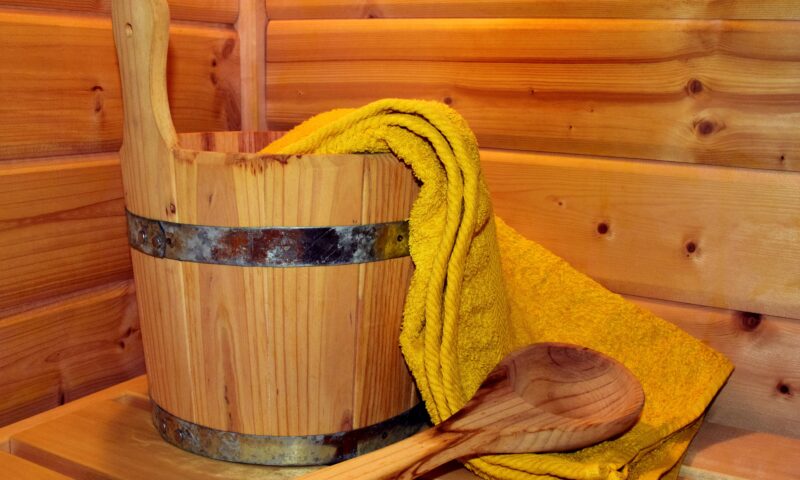
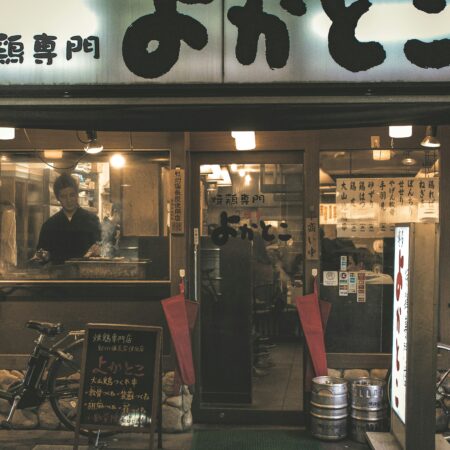
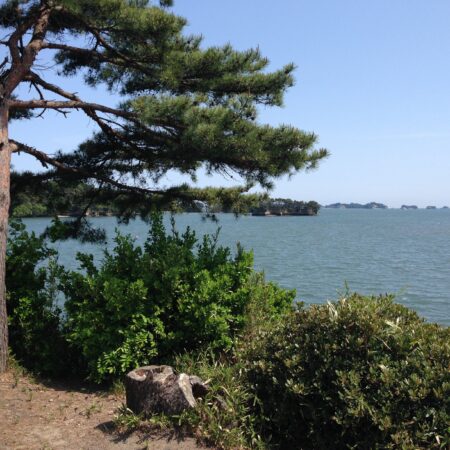
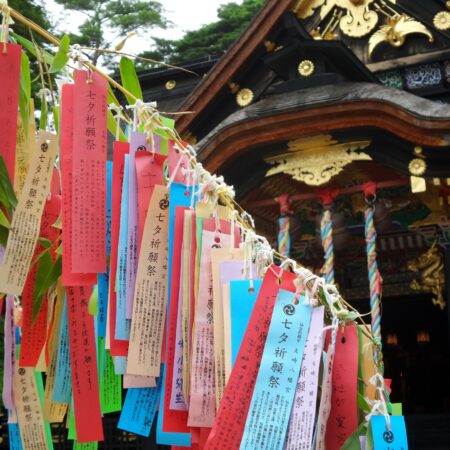
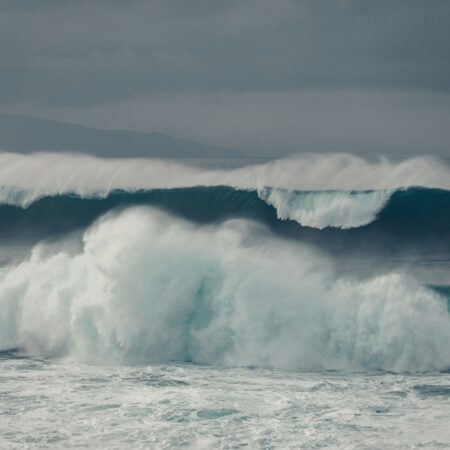
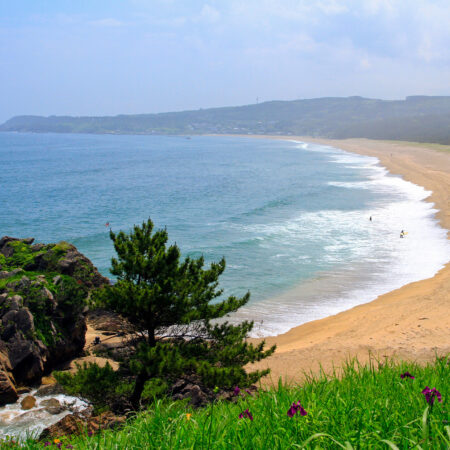
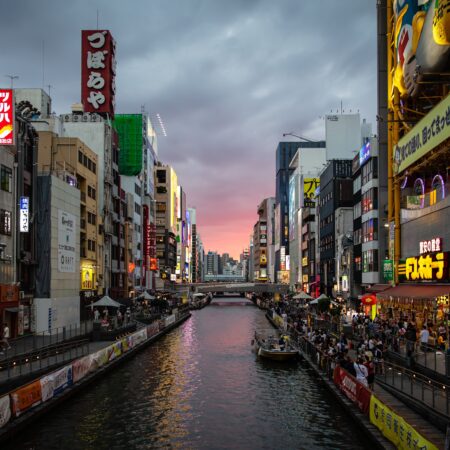

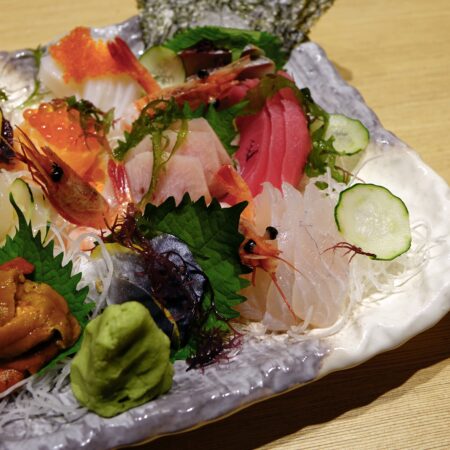
コメント